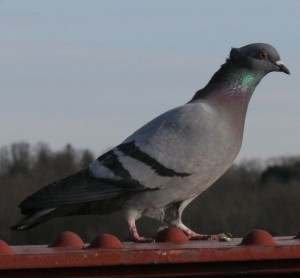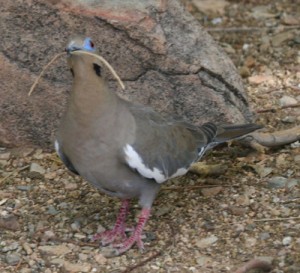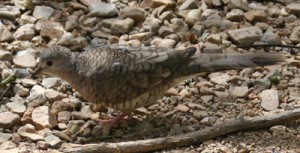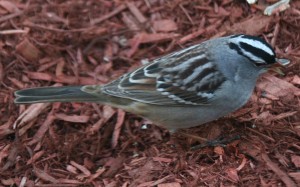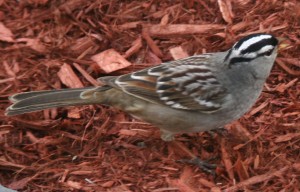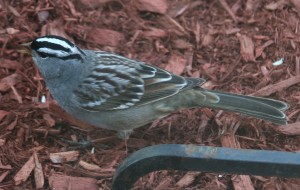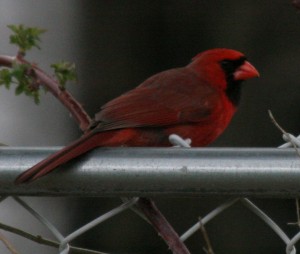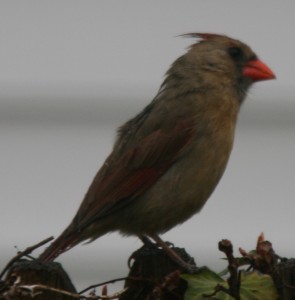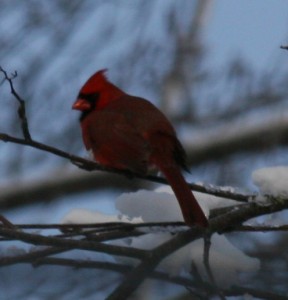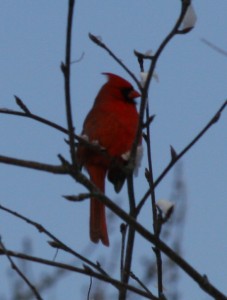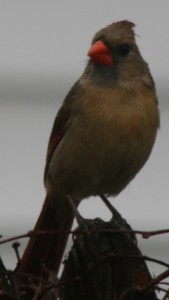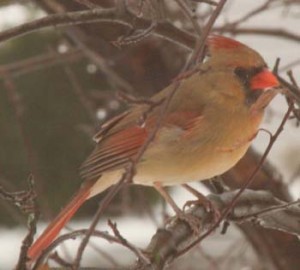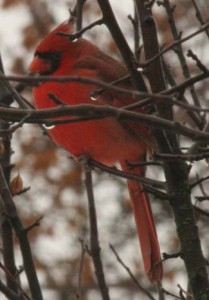American Kestrel
General:
I think the American Kestrel, also known as Sparrow Hawk, is the most inconspicuous American bird of prey. They often sit on phone/power lines and unless you look closely they will appear like 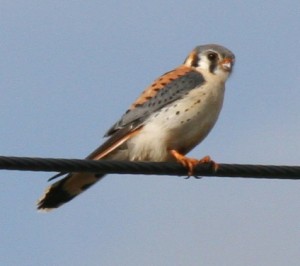 any other Jay sized bird. The only really distinguishing aspect of the American Kestrel’s silhouette is its beak – close to its face and hooked. If you stop and look, you will be surprised at how many you see. The American Kestrel is the most abundant falcon in North America.
any other Jay sized bird. The only really distinguishing aspect of the American Kestrel’s silhouette is its beak – close to its face and hooked. If you stop and look, you will be surprised at how many you see. The American Kestrel is the most abundant falcon in North America.
Kestrels nest in cavities in trees, cliffs, buildings, and other structures. The female usually lays 4 – 7 eggs white to cream in color with brown or grey splotching. The chicks hatch in between 29-31 days and are helpless. They fledge in 30-31 days
American Kestrel – Falco SparveriusThe American Kestrel basic vocalization is killy-killy-killy at times a rapid series – klee, klee, klee, klee can be heard. The American Kestrel is a common bird to be used in falconry – in areas it may be one of a limited number available to the beginner.
Identification:
At about the size of a Jay, the American Kestrel is the smallest falcon in North America. They are roughly 9” – 12” and have a wingspan of up to 21”. They weigh approximately 3 – 6 oz. Males have blue-grey wings with black spots and white undersides with black barring. The back is rusty, with barring on the lower half. The belly and flanks are white with black spotting. The tail is also rusty, with a white or rusty tip and a black subterminal band. The back and wings of the female American Kestrel are rusty with dark brown barring. The undersides of the females are creamy to buff with heavy brown streaking. The tail is rusty with numerous narrow dark black bars. The wings are moderately long, fairly narrow, and taper to a point. When in flight their silhouette is classic falcon – just mini-sized.
Habitat:
American Kestrels are found in a wide variety of habitats, including grasslands, meadows, deserts, Sparrow Hawk – american Kestrel and other open to semi-open regions. They can also be found in towns, cities and suburban areas.
Territory:
The American Kestrel has an extensive range. It breeds from Alaska across northern Canada to Nova Scotia, and south throughout the USA, into central Mexico and the Caribbean down though South America to Tierra del Fuego.
Migration:
Most Kestrels breeding in Alaska and Northern Canada will migrate down into British Columbia, New England and south in the winter.
Food:
American Kestrels feed largely on small animals such as grasshoppers, insects, lizards, mice, small snakes and small mammals and small birds – House Sparrows are commonly taken. I have seen them attack Chickadees and Juncos at me backyard feeder. Prey is almost always caught on the ground rather than in the air like other falcons such as the Peregrine.
